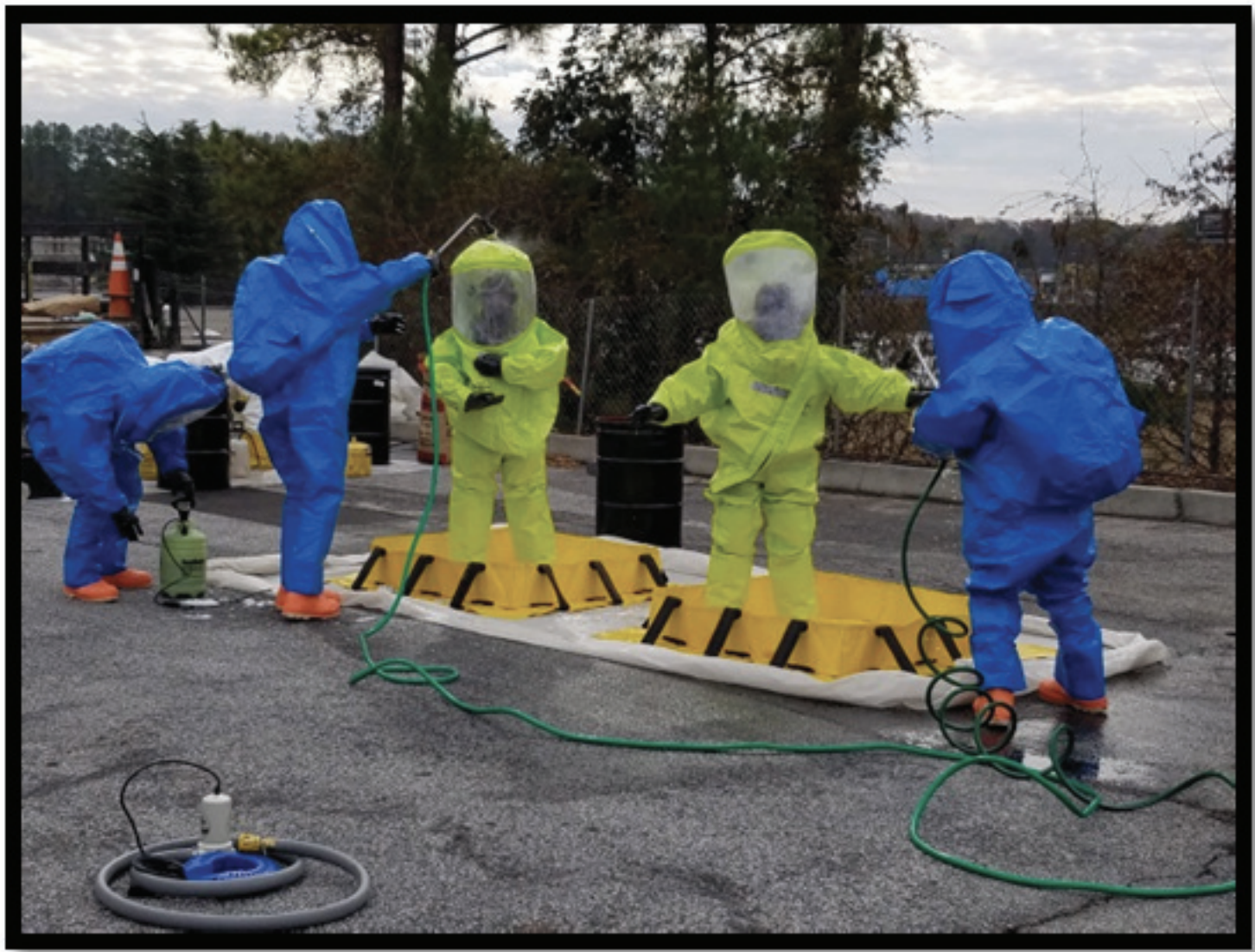Beginning October 1, Florida will consider it a second-degree felony to expose a first responder to fentanyl, if it results in overdose or serious bodily injury. It won’t, because fentanyl does not absorb through the skin or through passive inhalation, but people who use drugs can now be threatened with significantly more prison time as punishment for a crime that doesn’t exist.
Overdose from secondhand fentanyl exposure is a myth. Nonetheless, Senate Bill 718, “Exposures of First Responders to Fentanyl and Fentanyl Analogs,” will apply to people over 18 who “recklessly expose” first responders—cops, corrections officers, probation officers, paramedics, emergency medical technicians or firefighters—to any amount of illicit fentanyl or its analogs. Overdose can be evidenced by toxicology tests, and other harms by “substantial loss or impairment” of physical functioning. The latter seems somewhat open to interpretation.
Governor Ron DeSantis (R) signed the bill on April 8. In earlier versions—which proposed a felony in the first degree, before it was downgraded to second-degree—the only proof required was that an overdose reversal agent like Narcan was administered. A cop could have Narcan’d themself and conceivably still made a case.
We can pretty reasonably infer what will constitute “reckless exposure.” It doesn’t refer to exposure that was necessarily deliberate, or that happened at all. It’s just another term for drug possession. If someone detained by cops doesn’t volunteer that they use drugs, and cops then find any while going through their pockets or belongings, now they have a second-degree felony hanging over their head.
Florida punishes fentanyl possession under 4 grams as a third-degree felony—a maximum five years in prison, if they have no prior felony convictions. A second-degree felony is up to 15 years.
“It’s not like [law enforcement] have to start popping pills to be affected,” DeSantis said.
It’s hard to say how this will impact drug-user communities’ willingness to engage with first responders when they need to. The prospect of an extra decade in prison would make anyone more hesitant to call 911 from the scene of an overdose, but that assumes everyone’s aware of it. If they are, they might also be aware that even though only about half the states have “Good Samaritan” laws that extend protections to people on parole and probation, Florida is among them. The Good Samaritan law covers potential fentanyl-exposure situations as well—at least those involving up to 10 grams—but that still leaves drug users in a fairly murky place as to what can be used against them and how.
Fentanyl doesn’t enter your system via skin contact, or via particulates swirling around in the air. If it did, no one would be able to get close enough to use it. Law enforcement have done a remarkable job of manifesting passive fentanyl exposure into existence, but their symptoms are psychosomatic—which isn’t to say that what they experience isn’t real, just that it isn’t opioid overdose, nor associated with any lasting physical harms.
“You don’t even really have to ingest it,” DeSantis said at the April 8 press conference where he signed the bill. “I mean, if you get in contact with residue, if there’s other stuff—I mean it is very, very dangerous … When law enforcement personnel are responding to these situations that fentanyl may be involved in, they really are putting themselves at risk because it’s not like they have to start popping pills to be affected.”
Of 77,199 people under Florida Department of Corrections custody, according to the most recent available data, about one in four have drug-related convictions. Most of those are for possession, which usually means two or three years in prison. The new law is effectively making the exact same behavior—personal possession of anything with fentanyl in it—punishable by an additional decade in prison, maybe more, if the burden of proof cops have to provide doesn’t end up being too heavy.
DeSantis can justify this by portraying people who use fentanyl the same way he portrays people who sell it.
Florida’s Criminal Justice Impact Conference concluded that the new penalties weren’t expected to result in more than 10 additional people incarcerated per year. Ironically, this was because “news reports on the matter and research by medical professionals indicate that exposure to fentanyl by first responders is a rare event.” It remains a non-event, but reports of it might increase now that cops have legislation backing them up.
DeSantis can justify this by portraying people who use fentanyl the same way he portrays people who sell it: They’re violent, they’re in your neighborhood, and we’re going to get them out.
Since DeSantis took office in 2019, mandatory minimums for drug sale and distribution have gotten higher, and the standards for prosecuting it have gotten lower. Cases resulting in death can now be prosecuted as first-degree felony murder.
“When you’re putting fentanyl in our communities, you are killing people,” DeSantis said at the press conference. “And you need to be treated like the murderer that you are.”
Most people who sell drugs aren’t the same people who bring it into their community. But the purpose of talking about drug distributors like they’re drug sellers, and drug sellers like they’re serial killers, and fentanyl like it’s an airborne virus, is that as long as people are scared the details don’t really have to make sense. Seminole County, where the press conference was held, has so far charged 35 people with first-degree murder under the expanded fentanyl homicide laws.
“We’ve actually said that, ‘You can’t arrest your way out of this problem,’” Seminole County Sheriff Dennis Lemma said during the press conference. “But I’m telling you, arrest does make a significant dent.”
Image of first responder fentanyl decontamination procedures via Drug Enforcement Administration





Show Comments